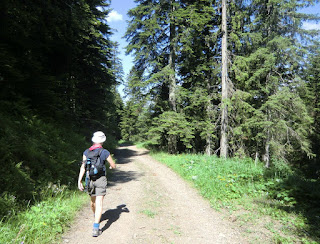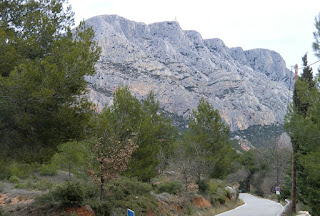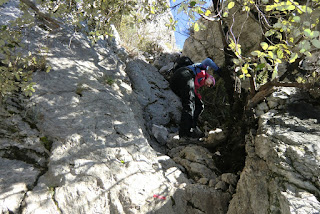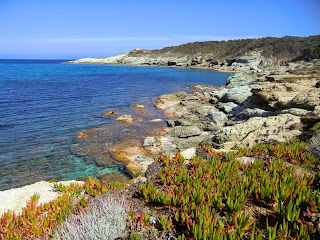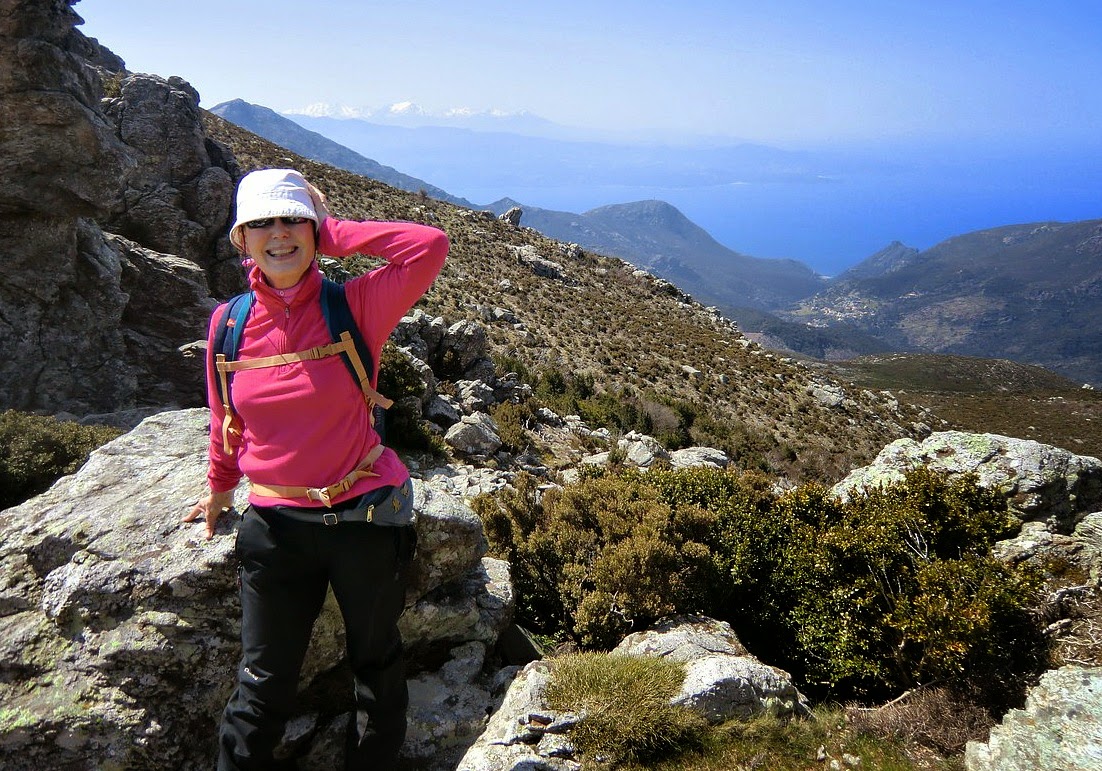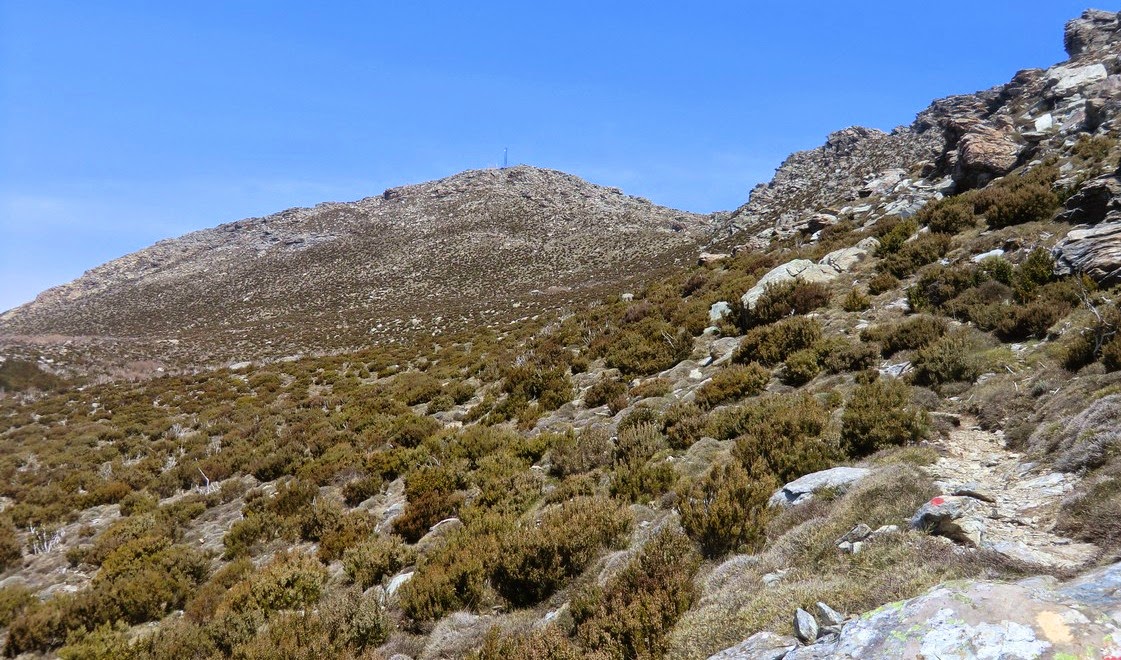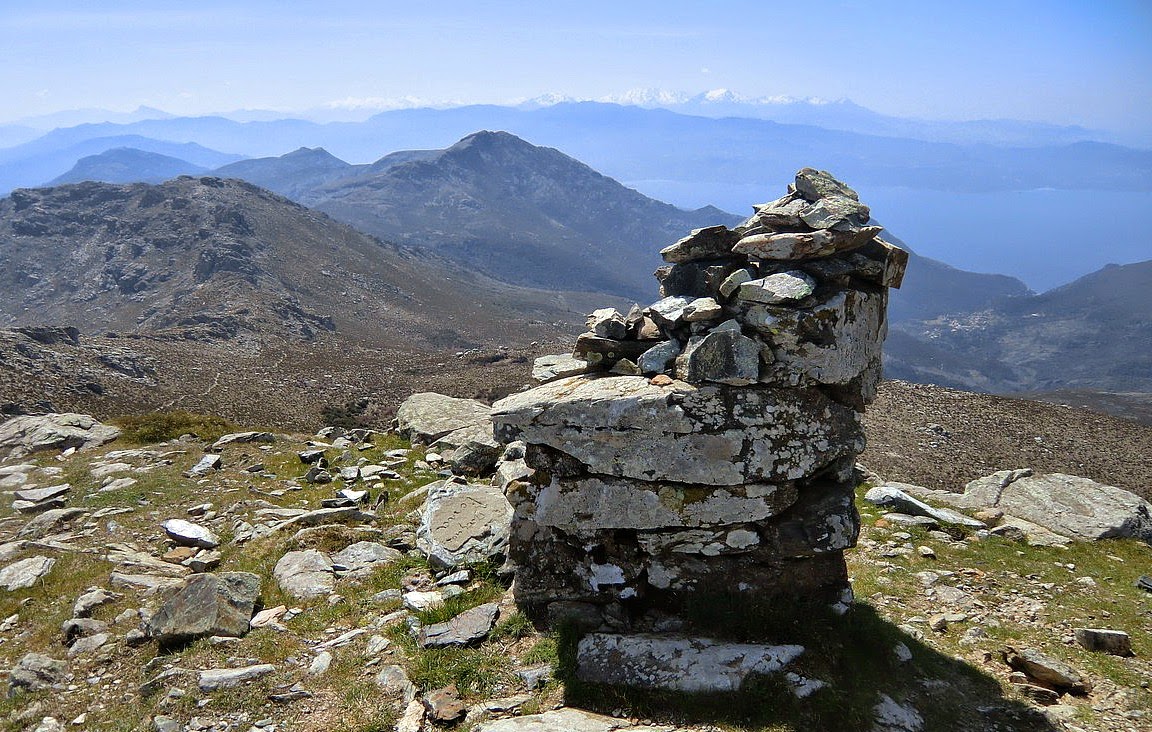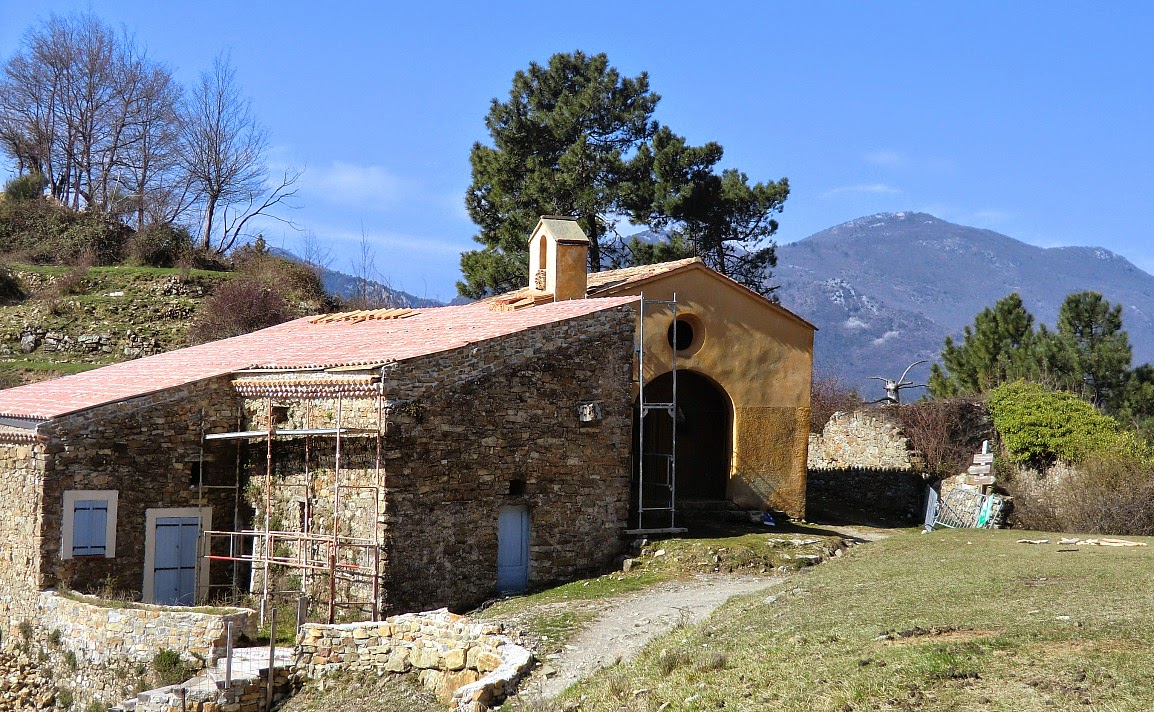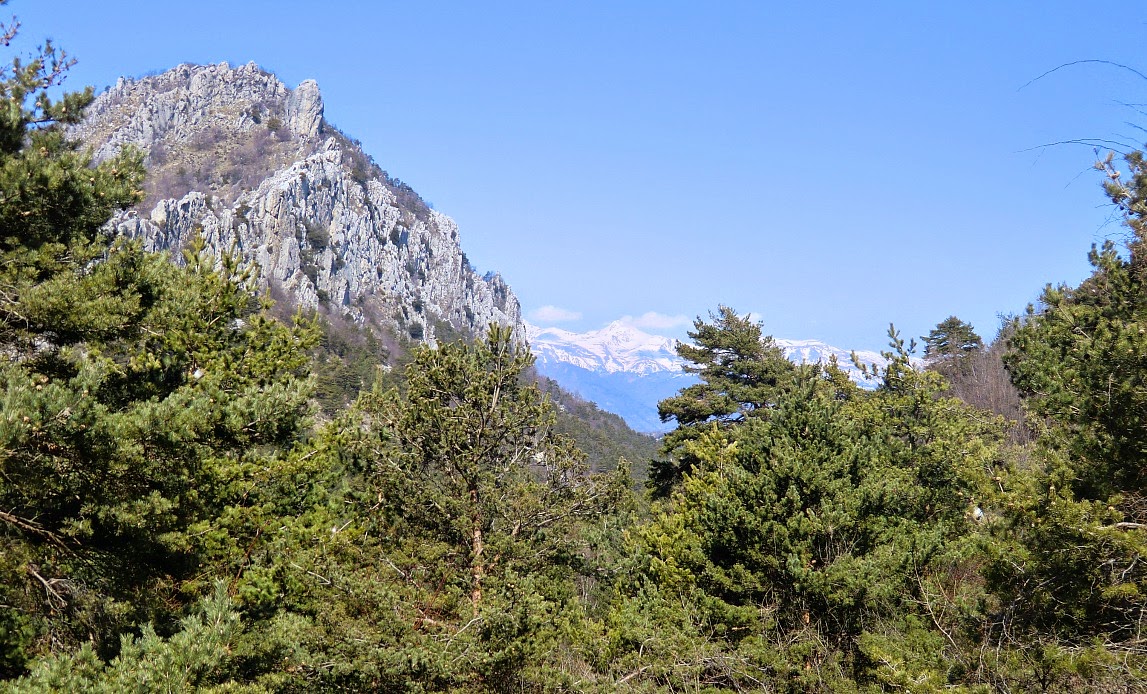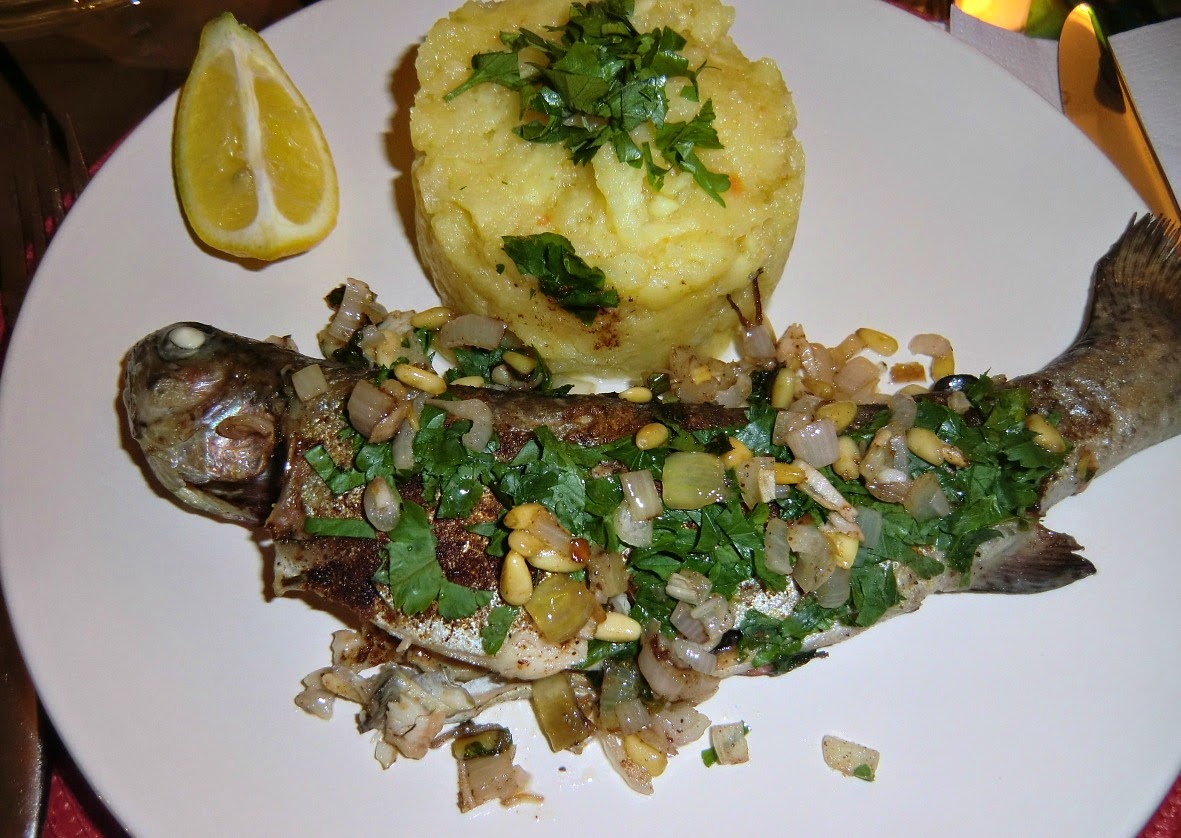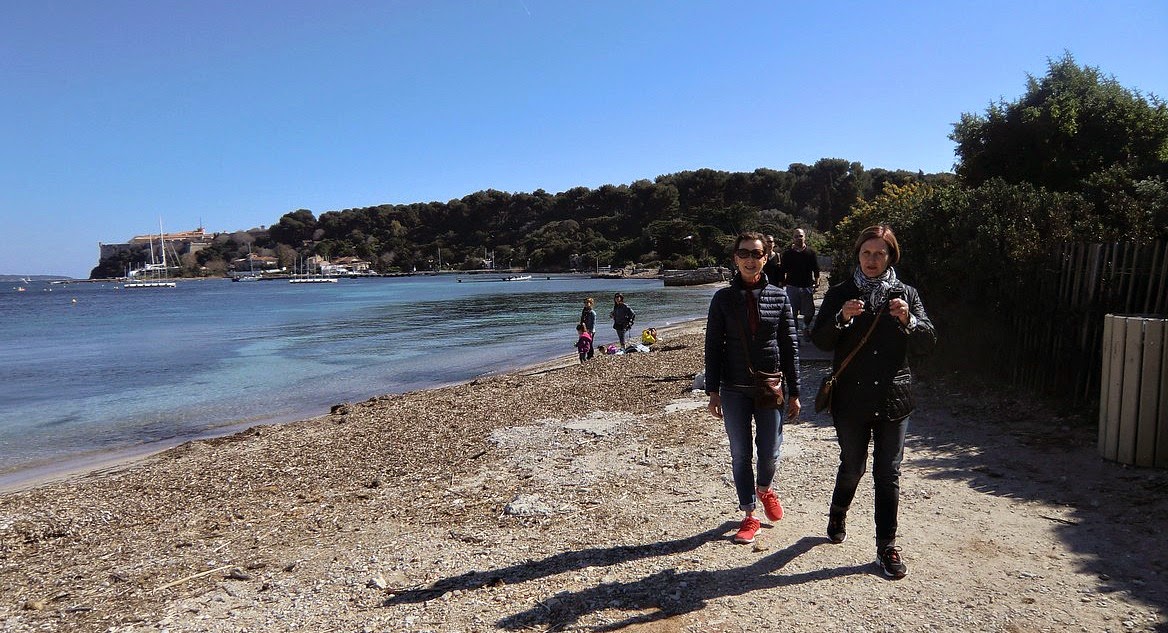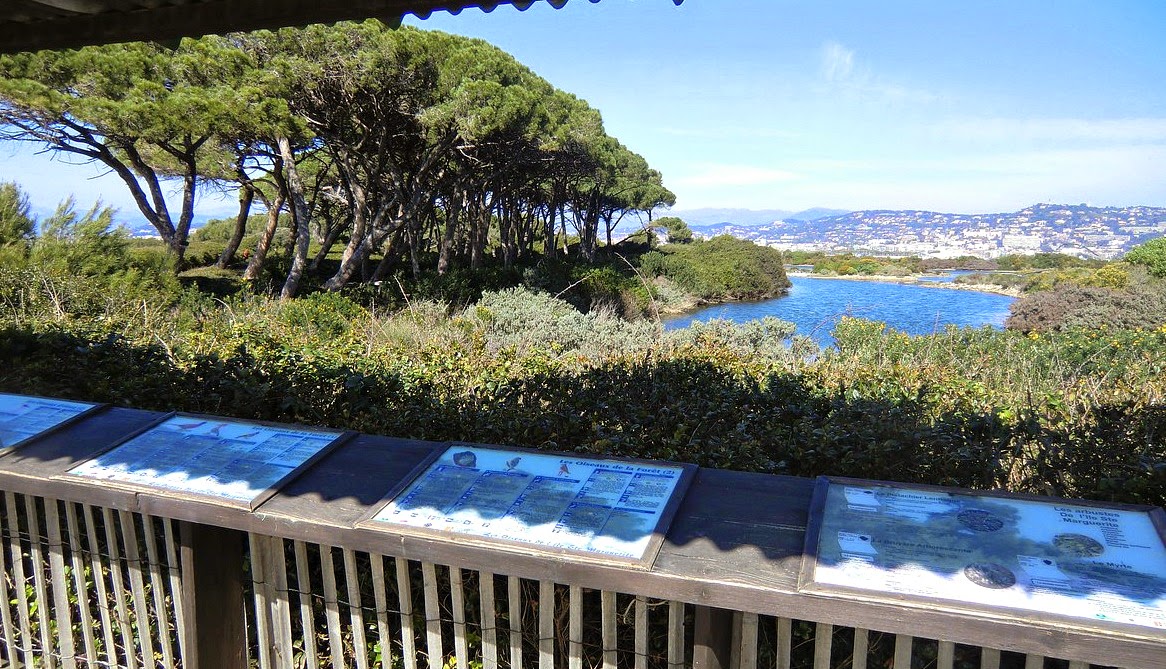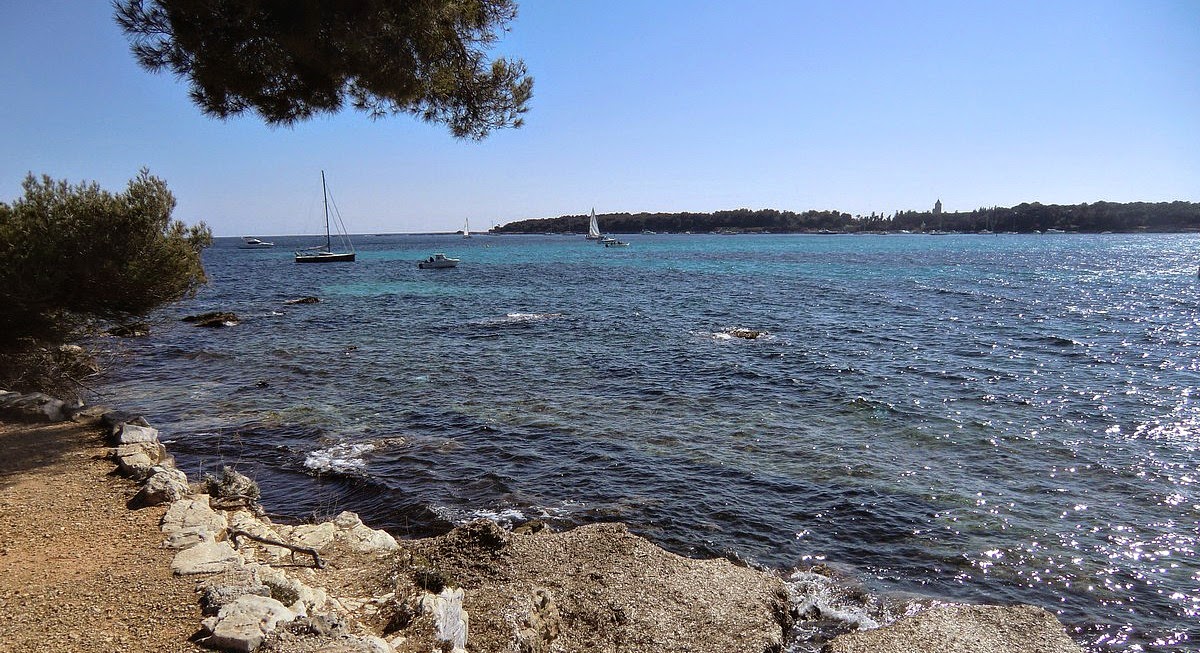Picnic in the perfume garden of Grasse
Grasse has been the capital of the perfume industry for more than two hundred years. In the centre of Grasse you can visit theVilla-Musée Fragonard. The villa has recently been beautifully restored, and was reopened this April. The International Perfume Museum gives you a chance to discover perfume’s history.
Unfortunately not much perfume flowers are grown in these days in and around Grasse. Some rosa centifolia, May rose, is still grown in Grasse. Also some jasmine, tuberose, violet and mimosa are grown in the region. Grasse grows roses only for Chanel, Dior and Jean Patou.
The International Perfume Museum’s Gardens (The MIP’s Gardens) were created in Mouans- Sartoux to preserve the heritage of perfume flower growing. You can stroll through the gardens at your own pace.
“The Olfactory route” let’s you discover the fragrances and notes used in the perfume industry.You can place you hands on the fragrant foliage and smell the flowers that are near the path.
The May rose with its deep pink colour turned out to be my favourite flower in the garden. It was now early June, and the May rose was at the end of its flowering season. The scent of May rose was rich and sweet. It is harvested in May and early June.
Also some jasmine was still flowering and lavender was just starting to flower, but on the whole the garden looked tired and showed signs of the dry period. It seems that May is the best time for a visit when the May rose is in full flower. Its peak flowering season of course varies from year to year.
.
The picnic in the shade of the cypress trees was the highlight of the visit. We had prepared a picnic basket at home before leaving. On the menu we had salmon and scallop paté, duck paté, baby salad leaves, goat’s cheese, freshly baked baguette, chilled Kriter crémat (French sparkling wine) and chocolate mousse. All the tasty products were bought from our local supermarket. It turned out to be a perfect early summer picnic.
Opening hours of the MIP’s Gardens: Spring-summer from 10 a.m. to 7 p.m.
Regular price: 3€, during exhibitions 4€. Free parking.
Address: 979 Chemin des Gourettes, Mouans- Sartoux.
NB! If you cannot prepare your own picnic basket, ELLE Magazine recently recommended the restaurant Le Dit- Vin in Grasse
(lunch menu at 15 and 19€). We can also recommend L’Amandier in Mougins (lunch menu 19€).
















